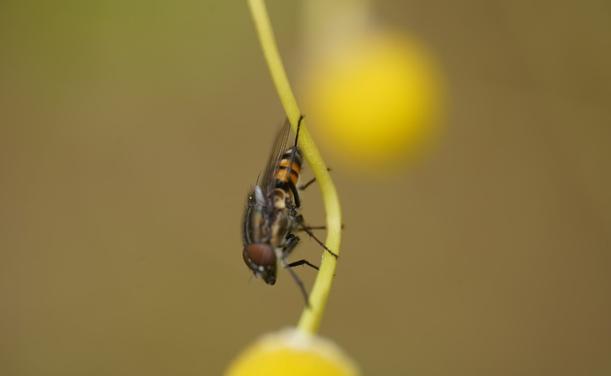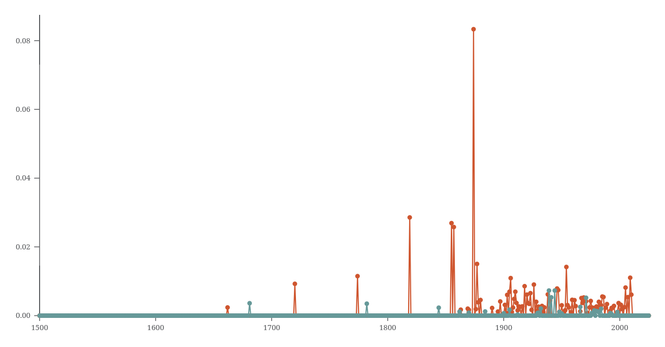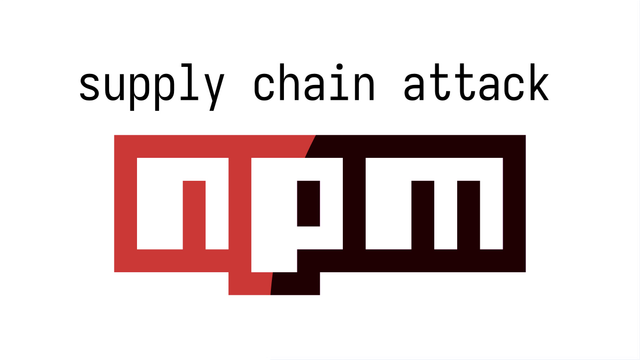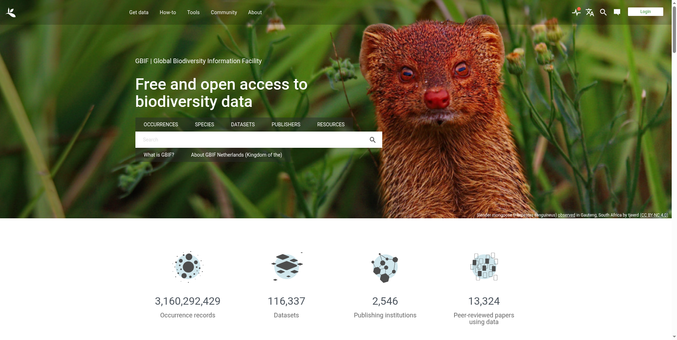| Site | https://larsgw.github.io |
| GitHub | https://github.com/larsgw |
| ORCID | https://orcid.org/0000-0002-4751-4637 |
| iNaturalist | https://www.inaturalist.org/people/larswillighagen |
Lars Willighagen
- 137 Followers
- 89 Following
- 522 Posts
One of my first open source projects, Citation.js (@citationjs), turns 10 years old today!
https://larsgw.blogspot.com/2025/09/10-years-of-citationjs.html
Ik wilde zeggen "Google Ngram Viewer heeft helaas geen corpus voor Nederlandse woorden," maar #DBNL wel! Lijkt erop dat "giftig" over het algemeen al een lange tijd meer werd gebruikt dan "vergiftig".
De eerste paar edities van Heukels' Flora schrijven "Vergiftig!" (als bijv. naamwoord) in plaats van gewoon "Giftig!" bij het beschrijven van planten, iemand enig idee of dat toen meer gangbaar was? Of lag het meer aan de schrijver, welk van de twee werd gebruikt?
In case you missed it, I've recently published a trilogy of posts about adding Canadian legal data to #Wikidata in order to take advantage of linked data to find insights not currently possible with simple search.
1. How I use Zotero + OpenRefine + QuickStatements to create Scholia profiles from Wikidata (https://librarian.aedileworks.com/2025/08/01/how-i-use-zotero-openrefine-quickstatements-to-create-scholia-profiles-from-wikidata/)
2. How to get through a Scholarly split (https://librarian.aedileworks.com/2025/09/08/how-to-get-through-a-scholarly-split/)
3. All your Wikibase are belong to us: https://librarian.aedileworks.com/2025/09/09/all-your-wikibase-are-belong-to-us/
For those curious about my plans for the future: on February 6, 2026, I will give my inaugural lecture (yes, that’s 6-2-26, an easy-to-remember palindrome—but there will be a reminder later). It’s a public event, so if you’re reading this, mark your calendar!
https://doi.org/10.3897/BDJ.13.e161726
#taxonomy #biodiversity #identification #insects
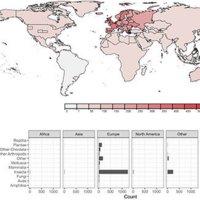
Library of Identification Resources: a FAIR overview of taxonomic keys
Biodiversity is declining globally, and ecological research is key to monitor and counteract this decline. Such research requires the taxonomic identification of organisms by both professional and citizen scientists. A complete overview of resources for taxonomic identification is therefore crucial but missing, also posing problems for analysis into gaps in the taxonomic coverage of available identification resources. To create a repository of this kind, we applied the FAIR principles, collected data on identification resources, and created a search engine to find relevant identification resources for a given observation of an organism within this data. So far, the data collection has been strongly biased towards keys for insects of Northwestern Europe, leading to incomplete search results for other, underrepresented taxa and regions, which is then indicated in the interface. Our Library of Identification Resources already contains 2,158 works and is made available as linked data using domain-standard vocabularies including BIBO and Audiovisual Core. To increase the accuracy, size and scope of the repository, processes for entering metadata of identification resources should be streamlined. We discuss how publishers, authors, and libraries could be involved and persuaded to register their own published dichotomous or multi-access keys, species descriptions, field guides, and image- or audio-based identification applications, as inclusion makes their identification resources findable for a larger group of potential users.
With Judith van der Knaap, Quinten Struik and Sarian Kosten @RIBESresearch @Radboud_uni
#ditches #ecology #landscape #sustainability #research #nature
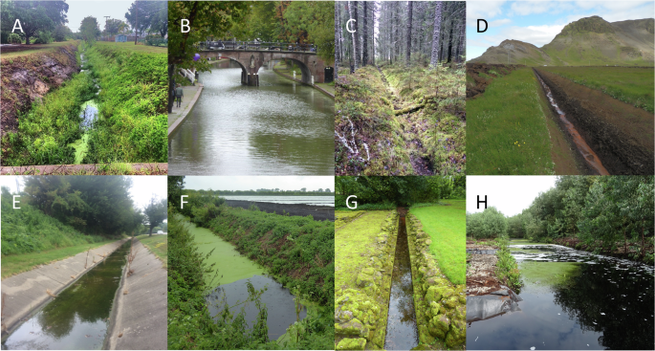
Lines in the landscape - Communications Earth & Environment
Ditches have many overlooked environmental and societal roles, including impact on biodiversity and pollution, and management strategies to enhance their multifunctional landscape-scale benefits are needed, according to a review of physical, biotic, chemical, and human factors.
